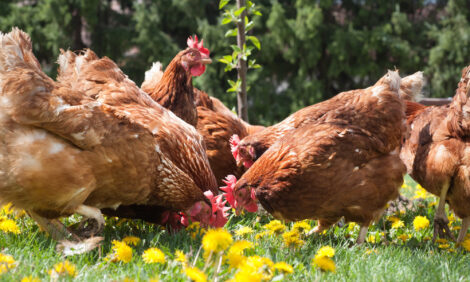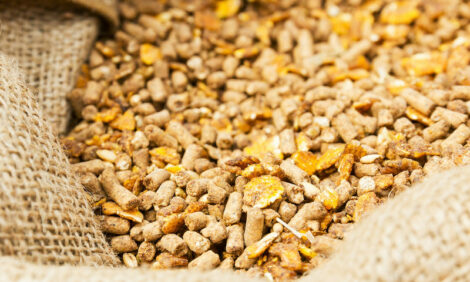



Choosing the Right Season for Applying Chicken Litter
US - Using poultry litter as fertilizer is a welcome trend in many southern states because that is where most of the US broiler chickens are produced.The litter's nitrogen content helps boost crop yields, and also helps reduce farmers' expenses for commercial fertilizers. But a US Department of Agriculture (USDA) agronomist has found that many farmers in Mississippi may be applying litter at the wrong time of year.
Farmers in Mississippi often apply poultry litter in the fall, months before planting cash crops in the spring, because it's cheaper then and they have more time than in the spring.
But Haile Tewolde, an Agricultural Research Service (ARS) agronomist at Mississippi State, Mississippi, has found that spring is the optimal season for applying litter in the South and Southeast. ARS is USDA's chief intramural scientific research agency.
Mr Tewolde and his colleagues applied poultry litter in the spring and fall to test plots of corn planted each April for three years. They applied the litter at two rates—four tons per acre and eight tons per acre—and incorporated it into the soil by "disking," a process that turns the soil and pulverises it so that the litter blends in with the soil.
For comparison, the researchers applied nitrogen fertilizer to other test plots in the spring and autumn.
The results showed that over three years, yields were cumulatively higher in plots with litter applied in the spring than in the fall, regardless of the application rate. At the four-ton rate, spring-application yields were 16.7 per cent higher, and at the eight-ton rate, they were 12.8 percent higher.
The results also showed that while using litter produced less corn than using fertilizer in the first year, those results were reversed in the second and third years. Higher yields in the second and third years were likely because nitrogen in the litter applied during the first year stayed in the soil and benefited crops in subsequent years.
The results, published in 2013 in the Agronomy Journal, show that if growers stick with litter for more than a year, their yields will improve. Yields also will be enhanced if they apply that litter in the spring.









